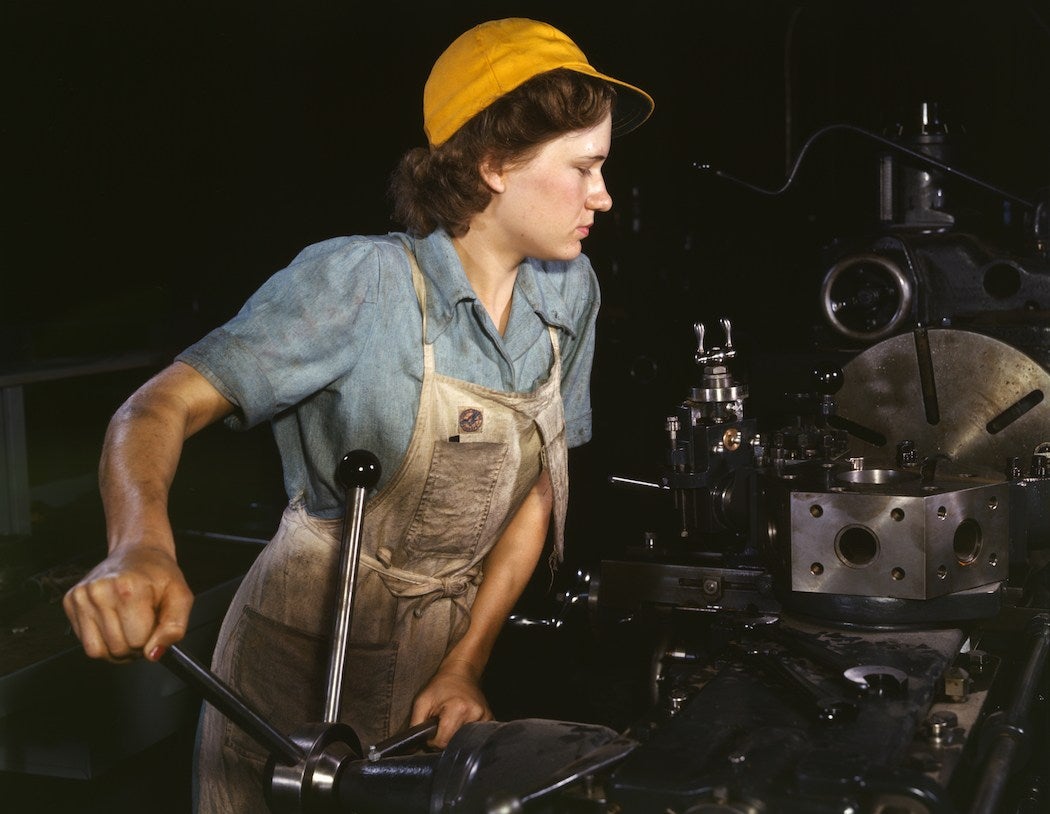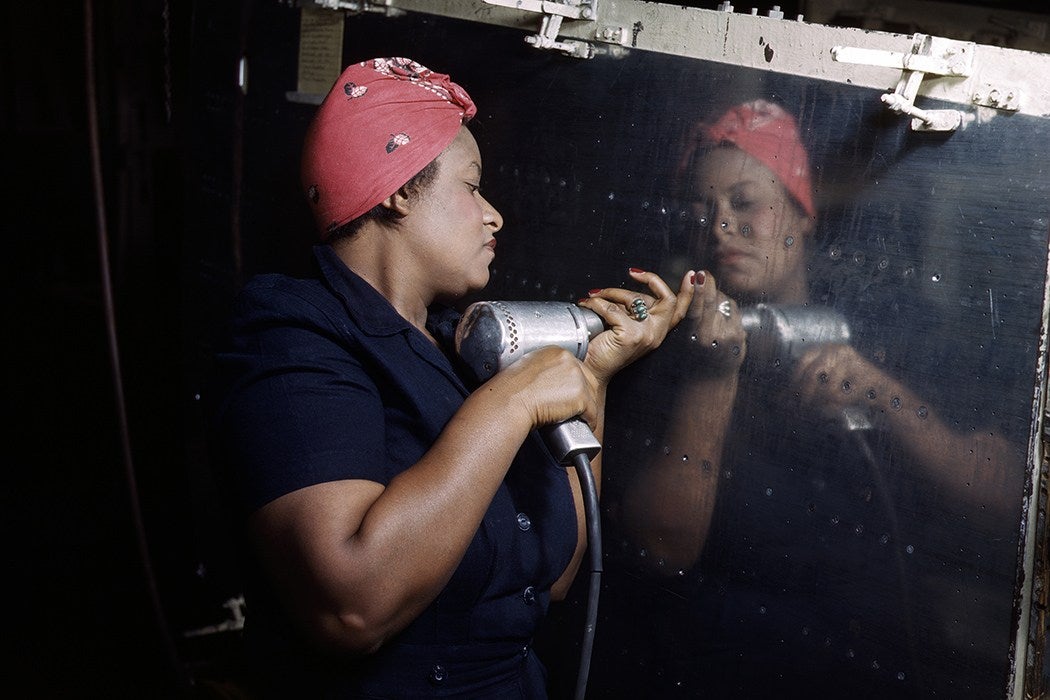It sounds like good news: The Economist reports that the times we’re living in are unusually peaceful, historically speaking. But our relative period of peace has come with a disadvantage. A lack of conflict can lead to a lack of innovation and economic growth. Even the mere threat of conflict can stimulate both.
The Cold War, for instance, spurred the space program, and the famous giant step for mankind. In 1958, Eisenhower approved a law granting over 8 billion USD (in current value) to improving math, science and foreign languages. Federal loans were granted to students. The Economist states that this sudden enthusiasm for the noble pursuit of learning “was a response to the launch of Sputnik and fears that America risked losing its technological lead over the Soviet Union, a critical matter of national security in the era of the nuclear-tipped ICBM.”

This is not a new phenomenon. After the American Civil War, as Eleanor Dulles explains in The American Economic Review, advancements in metalwork (meant to improve weaponry) contributed to the wide expansion of the American railroad system, and the industry flourished. Demand for residences increased in the post-war world, and buildings cropped up to meet it. It’s also been theorized that men who grew up in small towns and then were forced into army life realized increased possibilities outside their hometowns, and their ambitions rose to match.
Dulles’s detailed article focuses on reconstruction, noting:
The post-Civil War period, while not unique in this respect, is one of the most striking periods of bold and adventurous development. There is little doubt that the type of speculative opportunity that emerged during the war and the shift of economic power to new groups that occurred in these times of rapid change increased the scale of industrial and financial enterprise, and laid the foundations for American big business.
Factory organization was widening its scope, and a bevy of products were becoming available to Americans for the first time on large scale, such as sewing machines, bicycles, plumbing, typewriters, and the telegraph. America’s financial system was reconfigured, among other enormous shifts.
Weekly Digest
Dulles goes on to point out that “War speeds up many kinds of technical change and stimulates new products, substitutes, and adjustments in production method. These changes invite large-scale investment. There develops during wartime an aggressive, ruthless leadership which carries over into times of peace.”
Notably, Dulles was writing during World War II, without any way of knowing what would happen to the American and European economies after the war. Her 1942 article ends on a cautiously optimistic note: “investment in a future world economy will call for an initiative and courage which will outdo that of the pioneers and captains of industry of 1865.”







